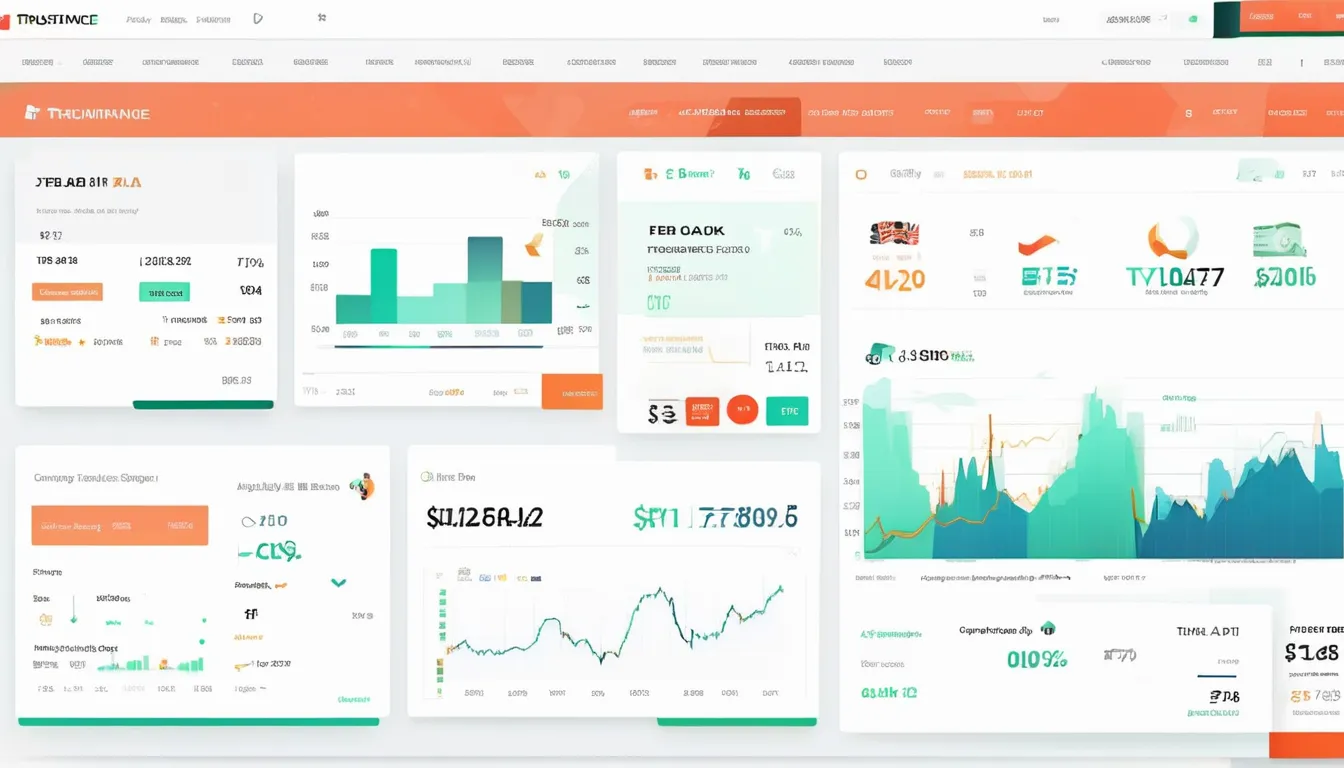In now s competitive business landscape painting, personal selling strategies are more world-shattering than ever. One such approach is 1 on 1 selling, which focuses on building direct relationships with somebody customers. This method allows businesses to tailor their electronic messaging, offers, and interactions to meet the unusual needs of each node. Below, we research the key benefits of 1 on 1 selling and why it s a game-changer for businesses.
What Is 1 on 1 Marketing?
1 on 1 selling, also known as one-to-one marketing, is a strategy where businesses engage with customers on an person raze. Instead of broad, generic wine campaigns, companies use data and insights to personal experiences. This set about fosters stronger connections, increases client trueness, and drives higher changeover rates.
Why 1 on 1 Marketing Matters
Traditional marketing often treats customers as part of a big group, which can lead to nonpersonal interactions. 1 on 1 marketing shifts this dynamic by prioritizing mortal preferences and behaviors. Here s why it matters:
- Builds Trust: Personalized interactions make customers feel valued.
- Increases Engagement: Tailored content captures attention more effectively.
- Boosts Retention: Happy customers are more likely to stay chauvinistic.
- Enhances Conversions: Relevant offers lead to high sales.
Key Benefits of 1 on 1 Marketing
Implementing a 1 on 1 merchandising strategy offers many advantages for businesses of all sizes. Let s dive into the top benefits:
1. Personalized Customer Experiences
Customers appreciate when brands understand their needs. By leverage data such as buy story and browse conduct, businesses can produce custom recommendations and offers. This tear down of personalization enhances gratification and strengthens mar trueness.
2. Higher Return on Investment(ROI)
Targeted merchandising efforts reduce wasted resources. Instead of disbursement on beamy campaigns that may not vibrate, businesses can focus on high-value customers. This precision leads to better conversion rates and a higher ROI.
3. Improved Customer Retention
Retaining existing customers is often more cost-effective than acquiring new ones. internet marketing nurtures long-term relationships by addressing someone concerns and preferences, reducing rates.
4. Enhanced Data Collection
Personalized interactions return worthy client insights. Businesses can track preferences, feedback, and demeanour patterns to refine their strategies ceaselessly. This data-driven approach ensures more effective merchandising decisions.
5. Competitive Advantage
In jammed markets, regular out is crucial. Companies that stand out in 1 on 1 merchandising specialize themselves by offer unusual, client-centric experiences. This can set them apart from competitors relying on generic maneuver.
How to Implement 1 on 1 Marketing
To with success take in 1 on 1 merchandising, businesses should keep an eye on these steps:
- Collect Customer Data: Use CRM tools, surveys, and analytics to gather insights.
- Segment Your Audience: Group customers supported on behaviour, demographics, or preferences.
- Create Personalized Content: Tailor emails, ads, and offers to person needs.
- Leverage Automation: Use AI and merchandising automation tools for scalable personalization.
- Measure and Optimize: Continuously analyse results and set strategies.
Challenges of 1 on 1 Marketing
While extremely operational, 1 on 1 selling comes with challenges:
- Data Privacy Concerns: Customers may be wary of sharing personal entropy.
- Resource Intensive: Requires time, technology, and proficient staff office.
- Scalability Issues: Maintaining personalization at surmount can be ungovernable.
Final Thoughts
1 on 1 merchandising is a powerful scheme that transforms how businesses wage with customers. By focussing on individual needs, companies can build bank, increase trueness, and increment. While


